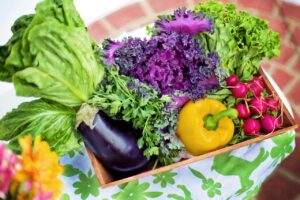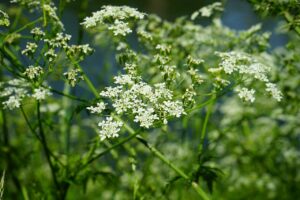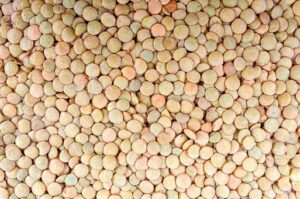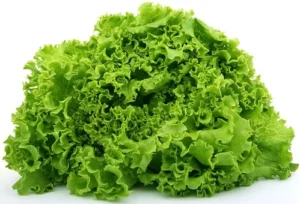
Calendula is one of the most well-known and widely used herbs in western herbal medicine. Calendula was used in ancient Greek, Roman, Arabic and Indian culture as a medicinal herb, but also as an ingredient in food and cosmetics, and even in fabrics.
Calendula ingredients
Its petals and pollen contain triterpenoid esters and carotenoids flavoxanthin and auroxanthin (antioxidants and the source of yellow-orange coloration). The leaves and stems contain other carotenoids, mainly lutein (80%), zeaxanthin (5%), and beta-carotene. Herbal extracts are also widely used in cosmetics, possibly due to the presence of compounds such as saponins, resins and essential oils. Its flowers contain flavonol glycosides, triterpene oligoglycosides, oleanane type triterpene glycosides saponins and lactone glycosides.
Calendula can be used in the following forms.
- Beverage
- Tea
- Tincture
- Infusion,
- Compress
- Λάδι
- Cream
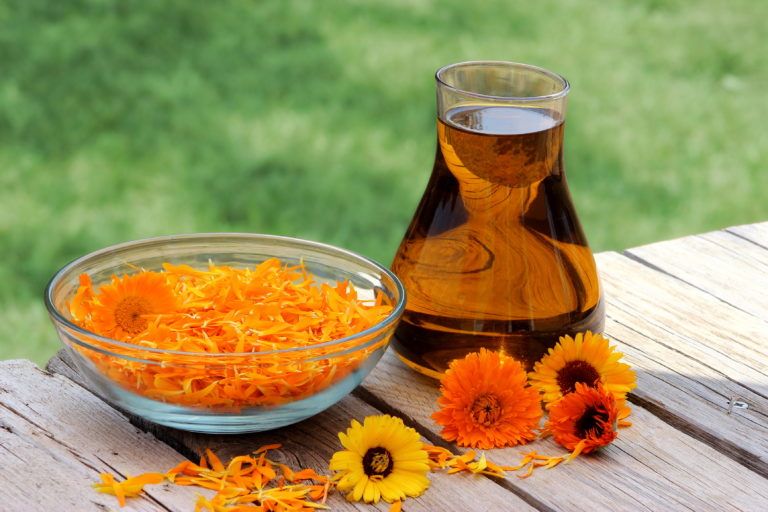
The 10 most important uses of calendula are:
1. Calendula flowers have been found to be beneficial in reducing inflammation and speeding wound healing due to their antiseptic properties.
2. Calendula oil helps especially in the treatment of mild skin irritations due to cold air and sudden changes in temperature.
3. It also helps soothe irritated skin, heals stings, cuts and wounds.
4. Used against acne, new and old scars.
5. In external use it is used against chronic eye diseases, making a poultice with boiled flowers or washing the eyes with boiled liquid.

6. Tea from flowers and leaves is tonic, against varicose veins, while helping to maintain the health of blood vessels.
7. It is an excellent base for creams, herbal ointments, lotions and many other natural cosmetics.
8. Its oil is ideal for all types of massage in aromatherapy.
9. It is also used against wasp and bee stings.
10. Finally, it has been used to treat toothache, as an antispasmodic especially for the stomach and dysmenorrhea, as a liver tonic, diaphoretic, antiemetic, antiscorbutic.
